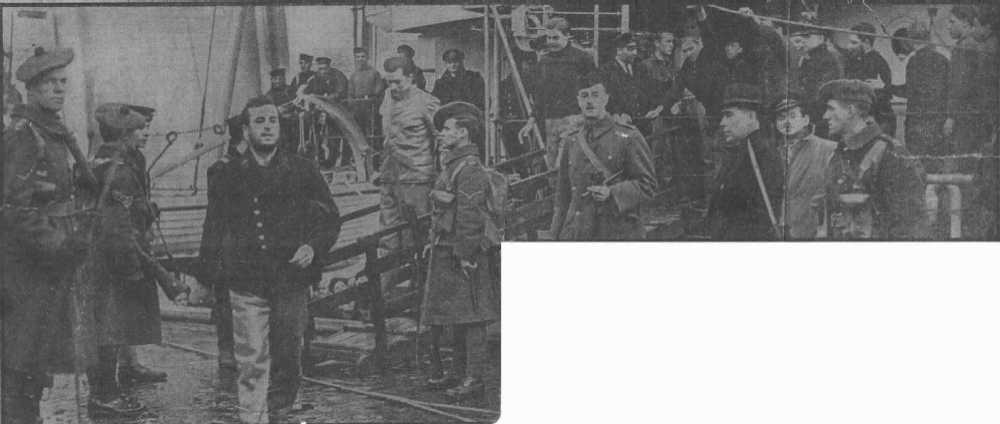Notes from the 24th December. We’re in Kent for Christmas and today is the now almost traditional Christmas Eve walk – this year on the White Cliffs above Dover France
The white cliffs have a special meaning in the history of this island: a defence, a frontier, a place of departure and return, a relief to be waving farewell to or a focus for homesickness – an icon of some kind of England
I’ve walked these cliffs many times over the past thirty years but today the tide is low and as we look down from the cliffs I get to witness something I’ve never heard about before. Far below, beached on the black rocks ,the outline of a wrecked ship, like the fossil remains of some giant prehistoric fish.
We scramble down the coastal path to investigate. There’s a narrow walk way above the beach to a row of Second World War searchlight stations, suspended on the cliff face like outsized swallows nests guarding the approaches of Dover
Down on the beach, it’s possible to climb onto the remnant of the ship, whose iron ribs have become fused with the rocks, and to stand on the last remaining piece of superstructure, like the conning tower of a lost submarine surfacing from the depths for a brief hour. There’s something incredibly awe-inspiring about this beached, ruined structure, turned into a network of iron rock pools reflecting the twilight sky, with the black shingle beach and the white cliffs shining in the gloom and the wind whipping up the midwinter sea.

These are the durable remains of the SS Falcon. Carrying a volatile cargo of hemp and matches to





































